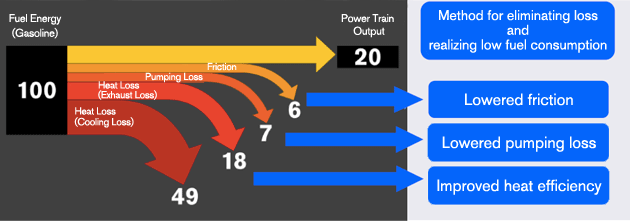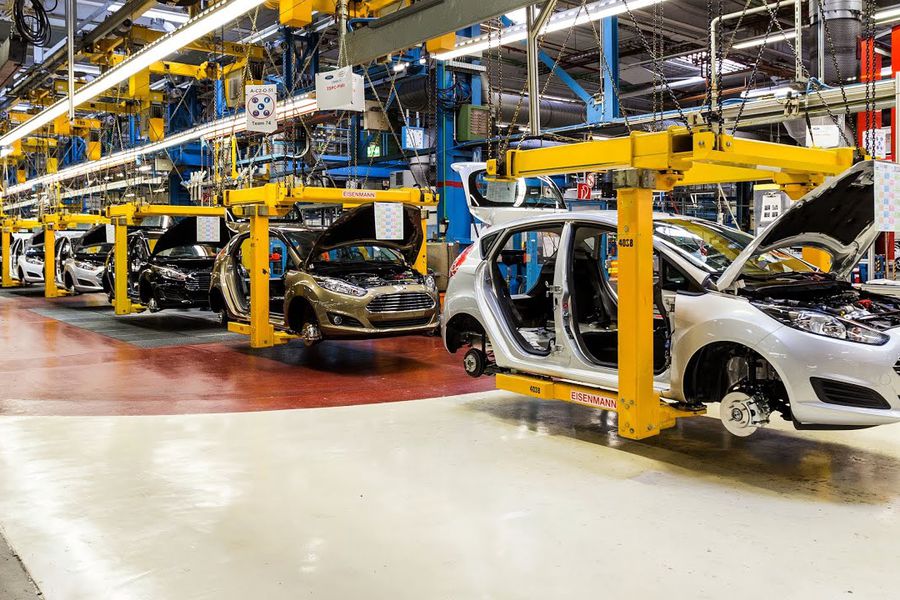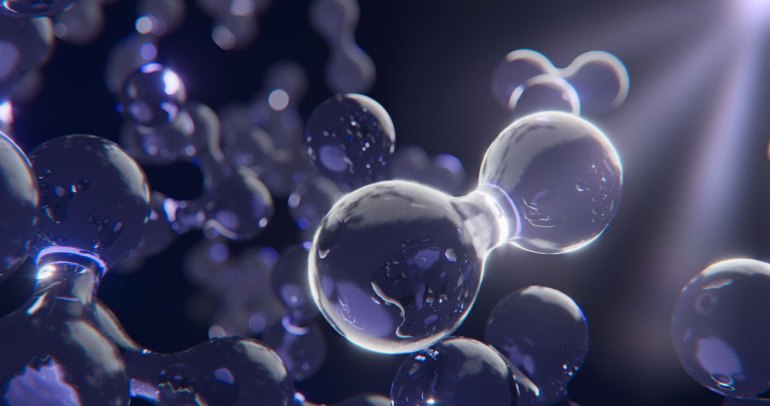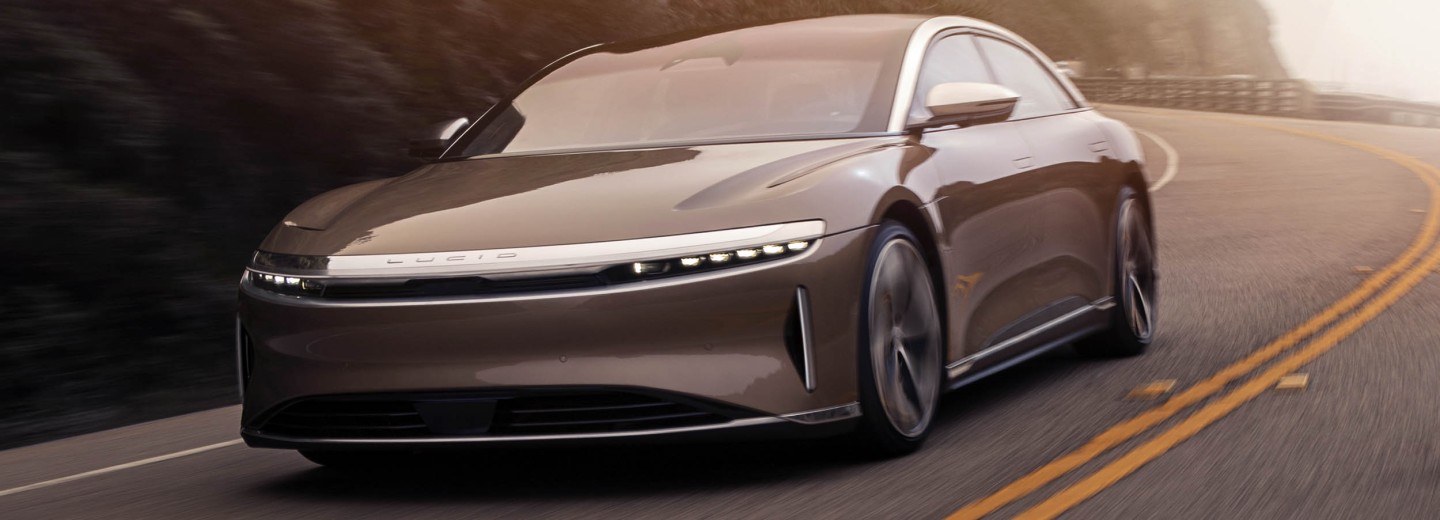EV’s and the environment
I have written about electric vehicles (EV’s) and my enthusiasm for them. In the first post in May, I discussed why I so enjoy my EV. In the second post, I described the process of charging an EV. Today I write about the environment and why EV’s are so much better for the environment than any other transportation system to date.
A great deal of research shows that electric cars are better for the environment. They emit fewer greenhouse gases and air pollutants than petrol or diesel cars. And this takes into account their production and electricity generation to keep them running. The major benefit of electric cars is the contribution that they can make towards improving air quality in towns and cities. With no tailpipe, pure electric cars produce no carbon dioxide emissions when driving. This reduces air pollution considerably.
However like COVID, vaccinations, and many other aspects of life today – there are always the conspiracy theories.
One of the most frequent comments spouted by critics of EV’s is that “the electricity they use is produced by fossil fuels, so actually they’re more polluting than petrol or diesel vehicles.” The long tailpipe theory, repeatedly trashed by science, is still the fallback argument for the ill-informed.
Where does this argument come from?
The two main sources of air pollution are vehicles with diesel or petrol engines and electricity generated by coal or diesel oil. Since many countries still generate electricity in this way, the argument goes that EV’s are simply transferring the pollution from our exhaust pipes to chimneys of power stations.
The reason why this is nonsense is as simple as it is obvious: energy produced in a power plant is much more efficient than in the small engine of a vehicle, no matter how much technology has improved the efficiency of these vehicles.
In short, the ‘long tailpipe’ theory is a myth used by those who, for whatever reason, oppose change. It joins other myths, such as the supposed difficulties involved in recycling batteries or generating the electricity required to recharge electric vehicles.
Here’s why

The efficiency of power stations generating electricity varies from about 35% for the oldest coal-fired power stations to over 60% for modern natural gas plants. The internal combustion engine, however, is incredibly inefficient. The most efficient diesel engine can barely achieve 50% efficiency. Petrol engines at best are only 25% efficient or less. The reason for this is the amount of energy taken up moving all the internal engine components around. From the image below, one can see just how severe these losses are. And let us not forget that there are millions more vehicles than there are power stations.
Does electric car production affect the environment?
Making electric cars certainly uses a lot of energy. But, even after taking battery manufacture into account, electric cars are still a greener option. This is because of the reduction in emissions created over the car’s lifetime.

The emissions created during the production of an electric car tend to be higher than a conventional car. This is due to the manufacture of lithium-ion batteries which are an essential part of an electric car. More than a third of the lifetime CO2 emissions from an electric car come from the energy used to make the car itself. As technology advances, this is already changing for the better.
Reusing and recycling batteries is also a growing market. Research into the use of second-hand batteries is looking at ways to reuse batteries in new technologies such as electricity storage. One day we could all have batteries in our homes being used to store our own energy. Opportunities like this will reduce the lifetime environmental impact of battery manufacture. It is already possible for an electric car to feed spare power back into the electricity grid.
So, is this the final answer to roadside pollution?
Not quite. There is another electric solution – fuel cells. Fuel cell-powered vehicles also use electricity. However, their electricity is internally generated using hydrogen. A hydrogen fuel cell is made up of a positively charged anode and a negatively charged cathode that are put in contact with an electrolyte. A platinum catalyst then kick-starts a chemical reaction that generates electricity, heat and water. Hydrogen fuel cells are combined together in stacks to ensure that enough energy is created to power the car.
Once pumped into the car, the hydrogen is stored in a high-pressure cylinder. Although there have been concerns about the safety of storing a highly flammable gas under extreme pressure in a vehicle, all the cars on sale have passed stringent safety tests.

One benefit of fuel cell cars compared with battery-electric cars is that they can be refilled in less than five minutes with enough hydrogen to travel 300-500 miles. The fuel is pumped into a high-pressure tank in much the same way as petrol or diesel is. While this is far more convenient than the multi-hour charging time most battery-electric cars require today, refuelling stations are few and far between.
Critics also point out that that there is an environmental cost in producing the hydrogen to pump into the cars, from the way it is generated. Arguments are heated between exponents of hydrogen fuel cell and battery-electric technology as to which actually offers the best long-term transport solution. As yet, there is not enough research to say one way or the other.
Conclusions
From an environmental point of view, there is no doubt that EV’s are the solution to roadside pollution. Whether they use batteries or fuel cells to power them, we will dramatically reduce pollution by using them. We must accept that everything we build and use has an environmental cost. Producing a vehicle with any type of propulsion system involves pollution. The cycle of EV production and use produces significantly less pollution than anything we have invented so far.
However, scientists and engineers continue to develop and improve the technologies. Governments are improving the infrastructure in much the same way as they built roads originally. The private sector will improve EV’s and power sources as rapidly as they improved the internal combustion engine and the vehicles powered by it.
The future is undoubtedly electric.
Worked on the article:

Wanlikhang





